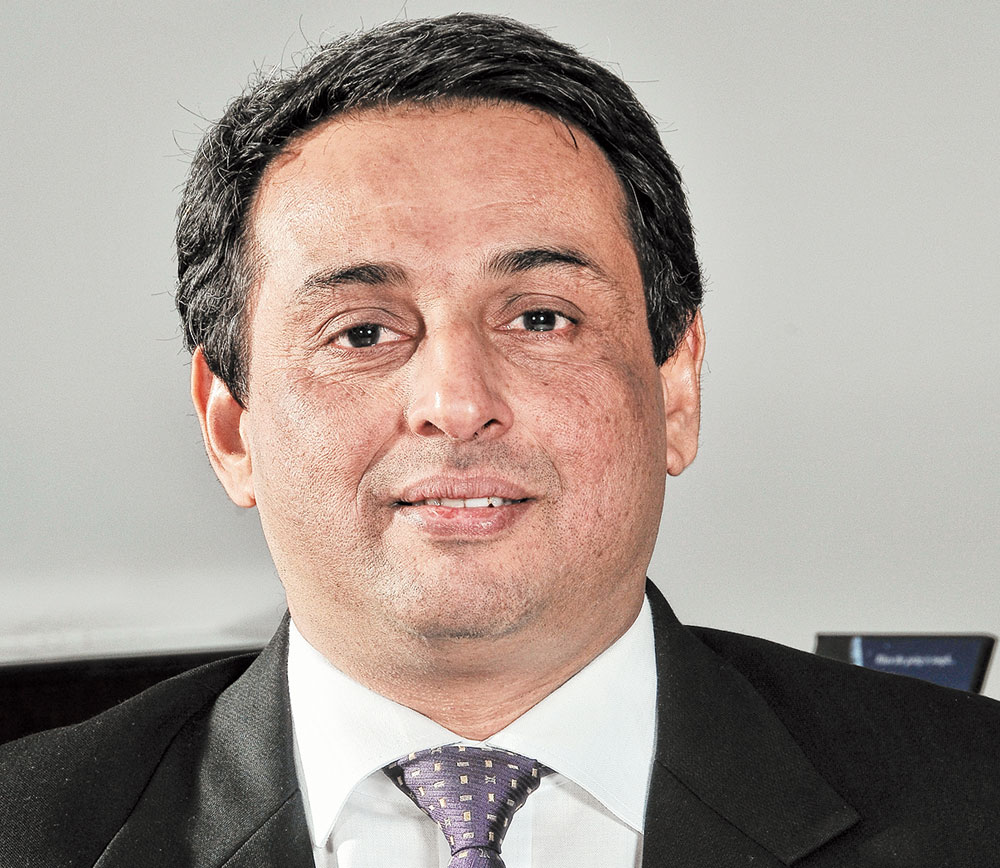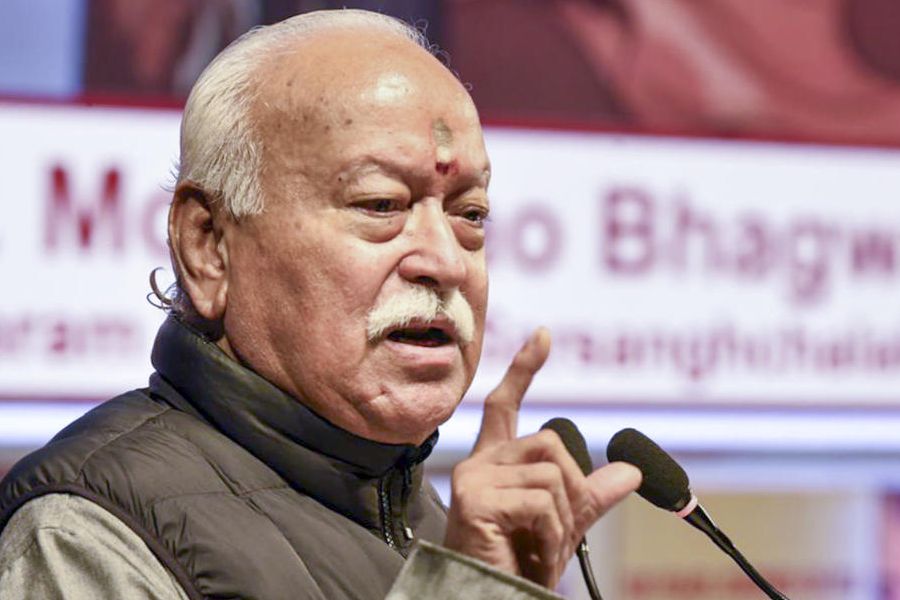Tata Steel is considering a potential sale of its Southeast Asian operation after putting its Indian and European houses in order.
The company has received “multiple proposals” of a joint venture or buyout of the business and a decision might be taken in a “few months”.
Tata Steel is present in the region through Singapore-based Natsteel and Tata Steel Thailand, two of the earliest global gambits taken by the company in the middle of the last decade.
“We are now discussing multiple proposals. There are proposals to create a JV and there is a proposal that people will buy out... In the next few months, you will hear more,” T. V. Narendran said in an interview with The Telegraph on Wednesday.
He explained Tata Steel has decided to have structurally a strong footprint wherever it operated. In Europe, the company made it strong by limiting the UK operations and then by creating a JV with Thyssenkrupp, which is now under the European Commission’s scrutiny over the merger.
When it acquired Corus in 2007, the total capacity of the UK and the Netherlands operation was 18 million tonnes. In 10 years, it became a 10-million-tonne operation with the UK shrinking to 3 million tonnes from 10 million tonnes.
With a 22-million-tonne capacity, the EU joint venture will not only have scale but will be structurally strong with positive cash flow and EBIDTA.
In India, the Tatas were always structurally strong as it had captive iron ore and some coal. After Kalinganagar and the acquisition of Bhushan Steel and Usha Martin, it has now become a large scale operation with 19 million tonnes.
However, the Southeast Asian operation, which earned an EBIDTA of Rs 1,736 per tonne, the lowest among all geographies in the second quarter, neither has scale nor structural strength.
“Southeast Asia has about 85 million tonnes of steel demand and is growing at 6-7 per cent. It is an attractive geography from a demand growth point of view but because of the fragmented nature and lack of raw material, (it is) not a great place to produce steel,” Narendran said.
The MD, however, cautioned that it was not a business losing money and as a result, it would patiently look for the best possibility. Moreover, the company would be sensitive to the people who has been with the Tata family for the last 13 years.
Southeast Asia is also one of the most competitive markets.
“That’s why we struggled there with the EBIDTA margin of 5-8 per cent range,” Narendran said.











